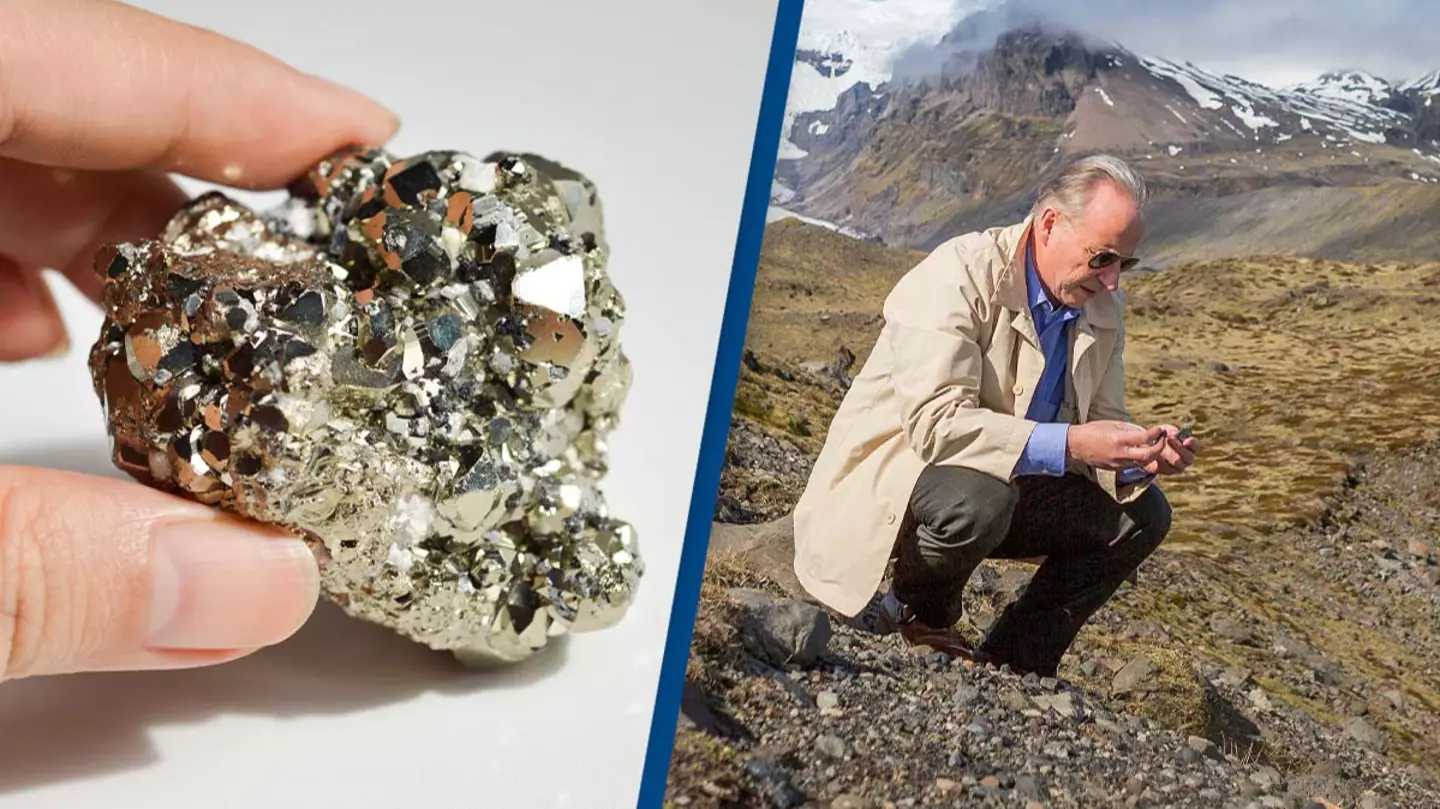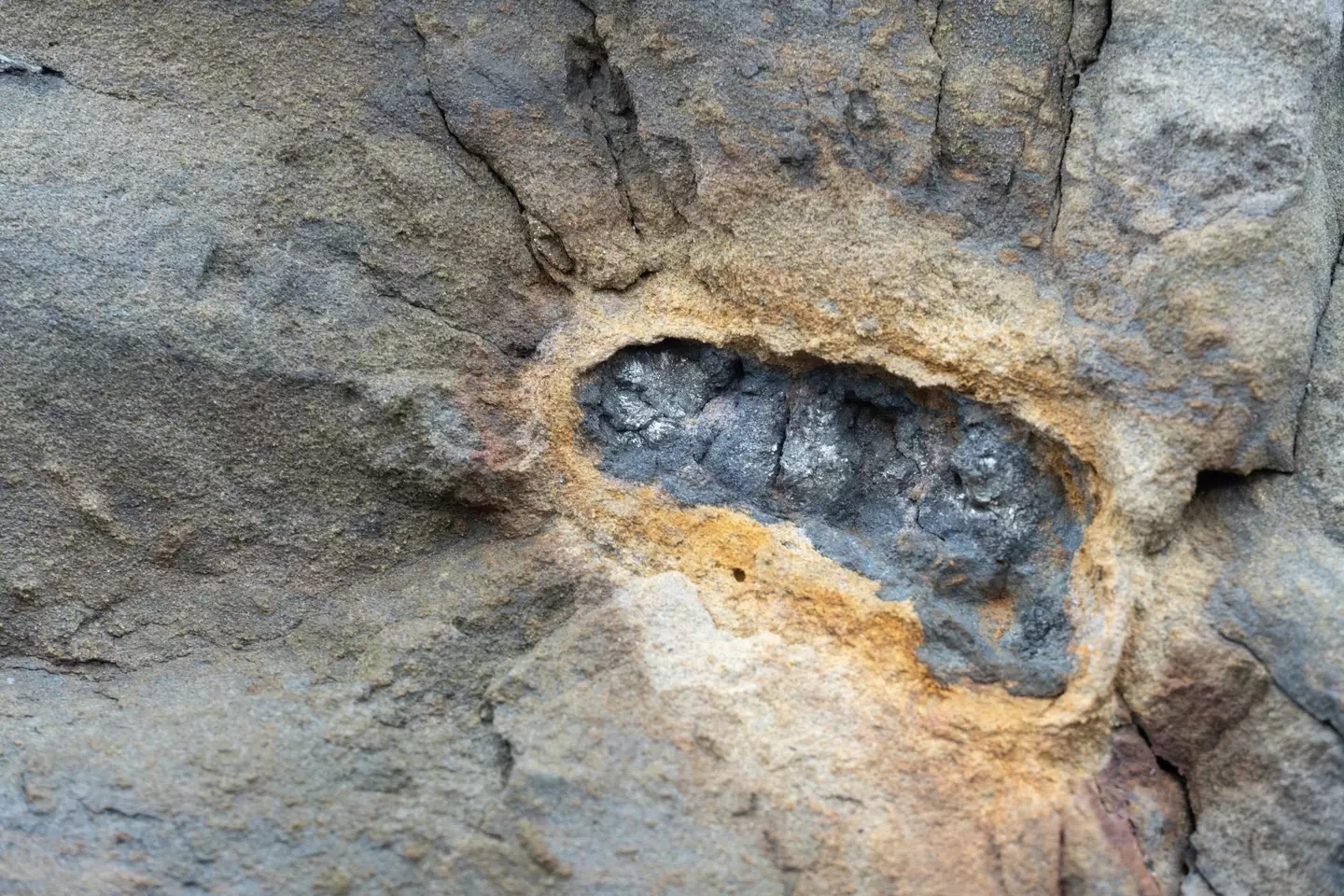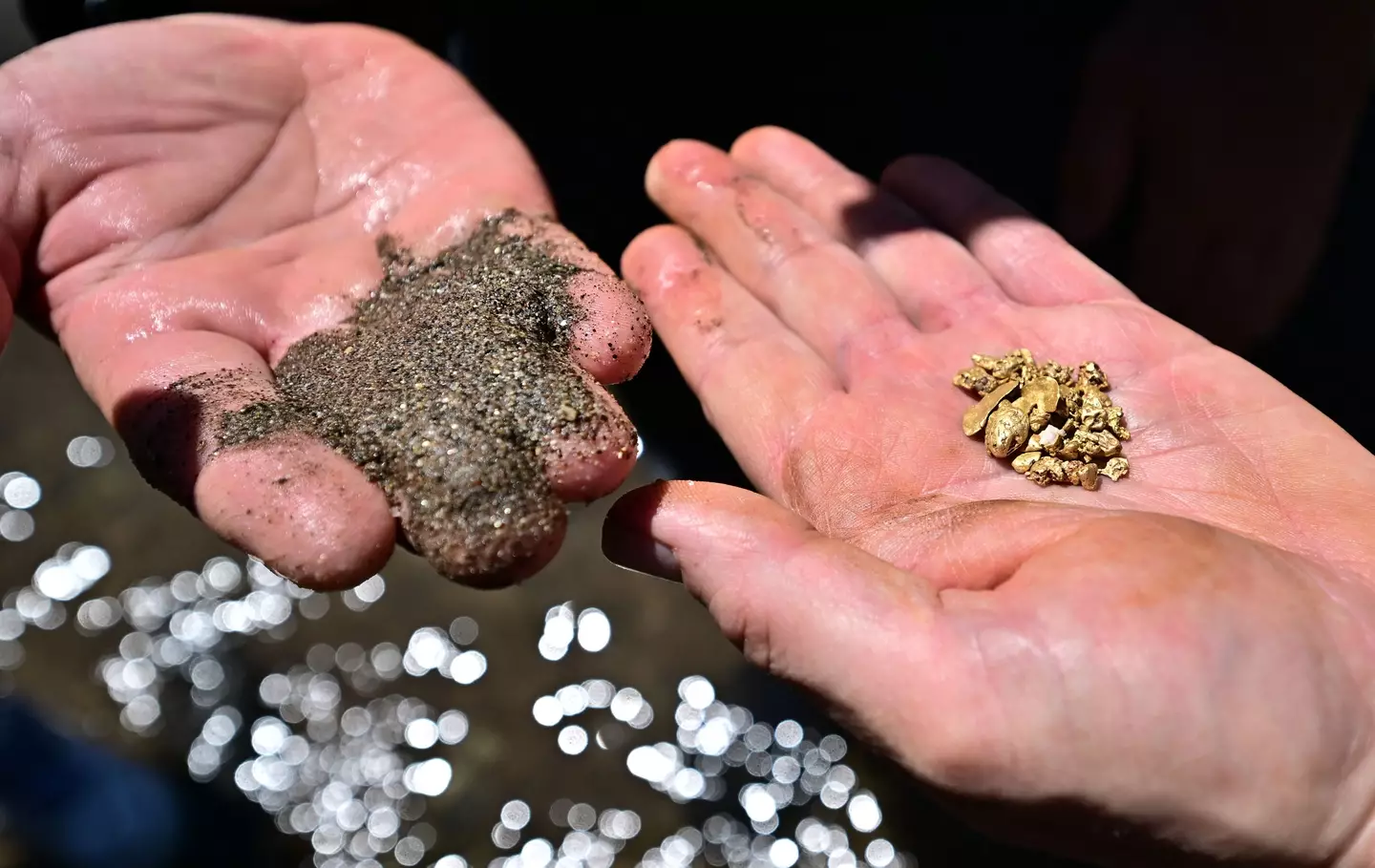
Scientists are making incredible finds every single day, some of which go against previous finds and cause us to rethink how we view the world.
In the past week, we've seen news surrounding a black hole that's 33 times the size of the Sun discovered 'extremely close' to Earth, while we learnt more about Antarctica's tallest active volcano.
Now, thanks to some recent scientists' findings, something we previously thought as not being valuable could be way more than meets the eye.

The glittering golden hue of a cracked lump of pyrite has always given false promise of riches for a rock that's actually not very valuable - or so they previously thought.
Advert
Now, however, thanks to a new study, that belief could be set to change.
Pyrite sampled from the US was found to contain a surprising amount of the chemical element, lithium.
Why's that so significant you ask?
Well, the world is in dire need of Li if we are going to fuel the battery revolution.
Advert
"In recent years, lithium demand has skyrocketed. Primary sources for lithium like pegmatites and volcanic clays are well understood, but finding other stores that are safe and economical to exploit would be helpful," a press release from the European Geosciences Union reads.
They continue: " To that end, a team led by researchers from West Virginia University is exploring whether previous industrial operations (e.g., mine tailings or drill cuttings) could serve as a source of additional lithium without generating new waste materials."
Shailee Bhattacharya, a sedimentary geochemist is working with Professor Shikha Sharma in the IsoBioGeM Lab at West Virginia University to find out more.
They hope to present their findings during the European Geosciences Union (EGU) General Assembly 2024 next week.

The study focuses on 15 middle-Devonian sedimentary rock samples from the Appalachian basin.
Advert
And the team of experts found plenty of lithium in pyrite minerals in shale, something Bhattacharya dubbed as 'unheard of'.
“I am trying to understand how lithium and pyrite could be associated with one another,” Bhattacharya added.
While this is all pretty exciting, the expert's team have urged people not to get too excited just yet.
This is because we don't know if these findings are site specific, as pyrite elsewhere may not contain as much lithium as the samples tested in this study.
Advert
Nonetheless, these initial findings are certainly positive as we hope to make the planet as green as possible.
More lithium, which is certainly in short supply at the moment, would allow for more battery production.
Topics: Environment, Science, US News, World News